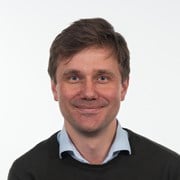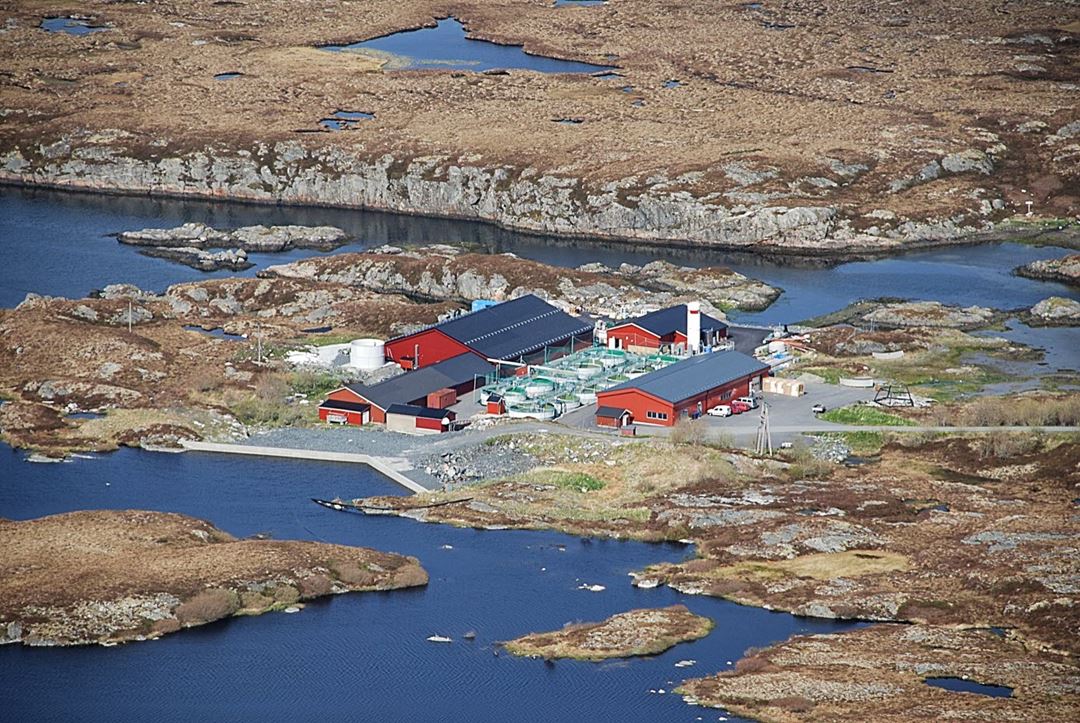SINTEF Fisheries and Aquaculture is participating in a project which aims to examine the use of sugar kelp (Saccharina latissima) as a potential biological filter in cleansing of aquaculture effluents. Kelp grows by absorbing dissolved nutrients from the water. By cultivating kelp in the vicinity of a salmon hatchery facility the kelp will be able to take advantage of the dissolved nutrients from the facility and valuable biomass containing nitrogen and phosphor compounds will be produced. This is an example of green growth development utilizing seaweed which there currently is an increased interest in worldwide.
Exploitation of dissolved nutrients
Integrated multi-trophic aquaculture (IMTA) is a method that takes advantage of transference of nutrients from e.g. aquaculture to kelp and seaweed. On average, 1,2 kg of salmon feed is used for each kilogram of salmon produced. For each kilogram of feed used, 1,5 kg of sludge can be produced. The sludge waste is a combination of feces and uneaten pellets. The pellets contain, among other things, organic compounds such as nitrogen, phosphor and carbon.
This project considers the use of sugar kelp cultivation facilities as a catch crop for aquaculture effluents. Initially the method will be applied to a hatchery on the Smøla islands, and the method will be transferable to all types of land and ocean based aquaculture where dissolved nutrients are released and it is possible to concentrate the effluent.
Quantification and modeling of absorption of nutrients in sugar kelp
The project studies how the effluents are spread in the water, and aims to quantifiably determine the ability of the kelp to absorb nutrients. In the analysis of the spread of nutrients in the water and the uptake capacity of the kelp, the model system SINMOD is used (www.sinmod.no). The project also takes into consideration capital budgeting and operating expenses for a filtration plant with kelp cultivation.
The project is a collaboration between SINTEF Fisheries and Aquaculture, Smøla Hatchery AS and Sagafisk AS which have a combined production capacity of 5,5 million salmon smolt per year.

